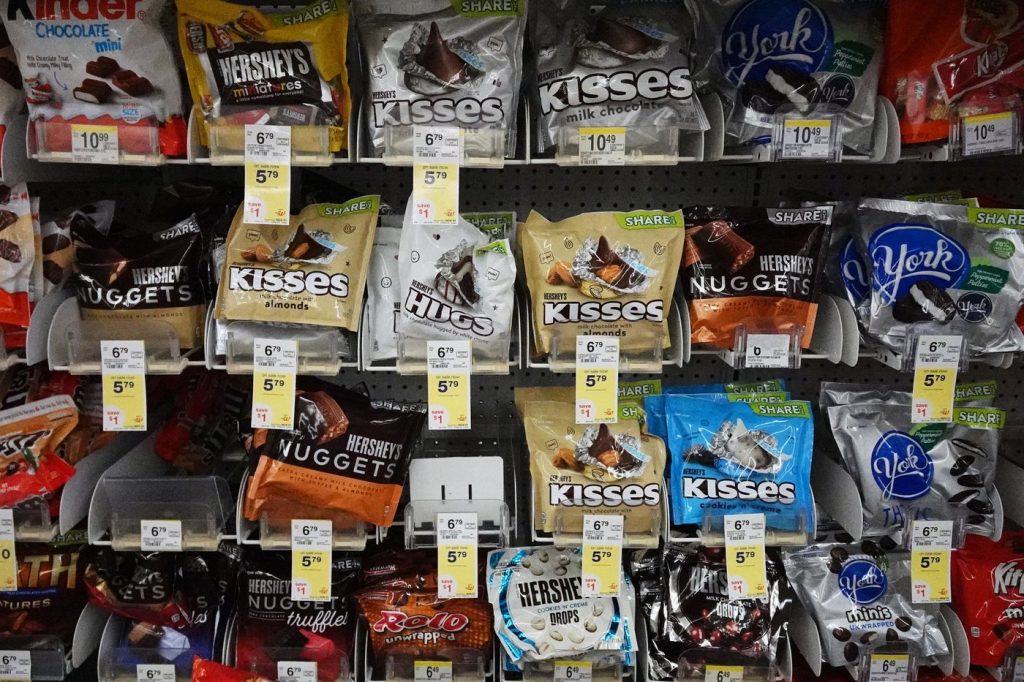The Halloween candy landscape in the U.S. is experiencing a notable shift, with non-chocolate treats gaining popularity among consumers, particularly younger audiences. According to recent data, trick-or-treaters are likely to find a greater variety of fruity candies this year, including gummies and freeze-dried options, as the trend moves away from traditional chocolate candies.
Last year, chocolate accounted for a significant portion of Halloween candy sales, making up 52% of the total volume. However, data from the 12 weeks leading up to October 5, 2024, shows that this percentage has declined to 44%. This shift can be attributed in part to rising chocolate prices, which have been affected by global cocoa prices that have increased dramatically. From January 2023 to January 2025, cocoa prices surged due to poor harvests in West Africa, a region that produces about 70% of the world’s cocoa.
The average cost for chocolate Halloween candy in the U.S. was reported at $8.02 per pound, whereas non-chocolate candy was considerably cheaper at $5.77 per pound. This price disparity may influence consumers' purchasing decisions as they seek to balance their budgets during the Halloween season.
In terms of overall spending, Americans shelled out a remarkable $7.4 billion on Halloween candy in 2024, which constituted 18% of total candy sales for the year. Among the leaders in chocolate production, Mars Inc. produced an astounding 30 million M&M's daily in its Topeka, Kansas facility, highlighting the scale of the candy industry. The price of cocoa hit an all-time high of $10,710 per metric ton in January, although it has since seen a decrease. However, market analysts suggest the reduced prices will take some time to reflect in consumer costs.
Geographically, the distance between Topeka, Kansas, and New York is 1,254 miles. If the Snickers bars produced annually in Topeka were laid end to end, they could cross this distance multiple times. Statistics reveal that 61% of U.S. consumers purchased candy for trick-or-treaters last year, while 45% admitted to buying Halloween candy for personal consumption. Hershey emerged as the frontrunner in the Halloween candy market, securing a market share of 40.8%, with popular products such as Reese's, Kit Kat, and Almond Joy leading sales.
Interestingly, Mars began rolling out Halloween candy to U.S. stores as early as July 5 this year, emphasizing the importance of early planning in the industry. According to data, dollar sales of non-chocolate candy in the U.S. rose by 4.9% in 2024, contrasting with a modest 0.4% growth in chocolate sales. Consumers typically start purchasing Halloween candy approximately 3.6 weeks prior to the holiday, with Generation Z leaning towards earlier purchases at around 4.5 weeks in advance. Significantly, it takes Mars two years to fully plan and prepare for a successful Halloween season, demonstrating the strategic approach necessary in this competitive market.










